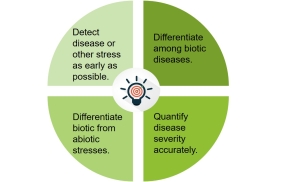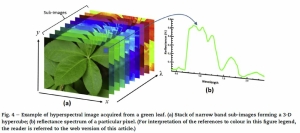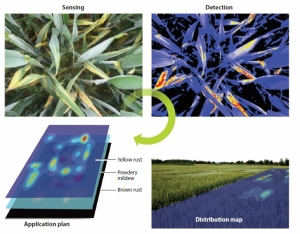Prelecionista: Ms. Bárbara Bezerra de Menezes Picanço. Data: 14/09/2021, às 16:00 horas pelo ZOOM*. Orientador: Prof. Fabrício Ávila Rodrigues.
Considering that plant diseases are often observed within fields with patchy distributions, management decisions should ideally be made on a defined area. This can be attained by robust mapping systems using sensor-based image analysis. Hyperspectral imaging (HSI) sensors use wavelengths of the electromagnetic spectrum from 250 to 2500 nm. Therefore, the knowledge of the plant-light interaction is crucial for hyperspectral analysis and signals interpretation along the electromagnetic spectrum. Since HSI sensors are noninvasive technologies and are expected to be accurate, precise, rapid, and available daily in the context of plant pathology, they have the potential to be used for the detection and characterization of disease symptoms. An approach regarding hyperspectral sensors is calculating vegetation indices, which can be used in remote sensing of vegetation. Different vegetation indices can be computed; hence the best can be selected for discriminating healthy and diseased plants under abiotic and biotic stress. In this seminar, an overview of the hyperspectral sensors applications in plant pathology will be addressed based on recent studies involving different pathosystems and the technical challenges influencing biotic stress detection.
*Interessados contatar pos.fitopatologia@ufv.br para solicitar o link.



